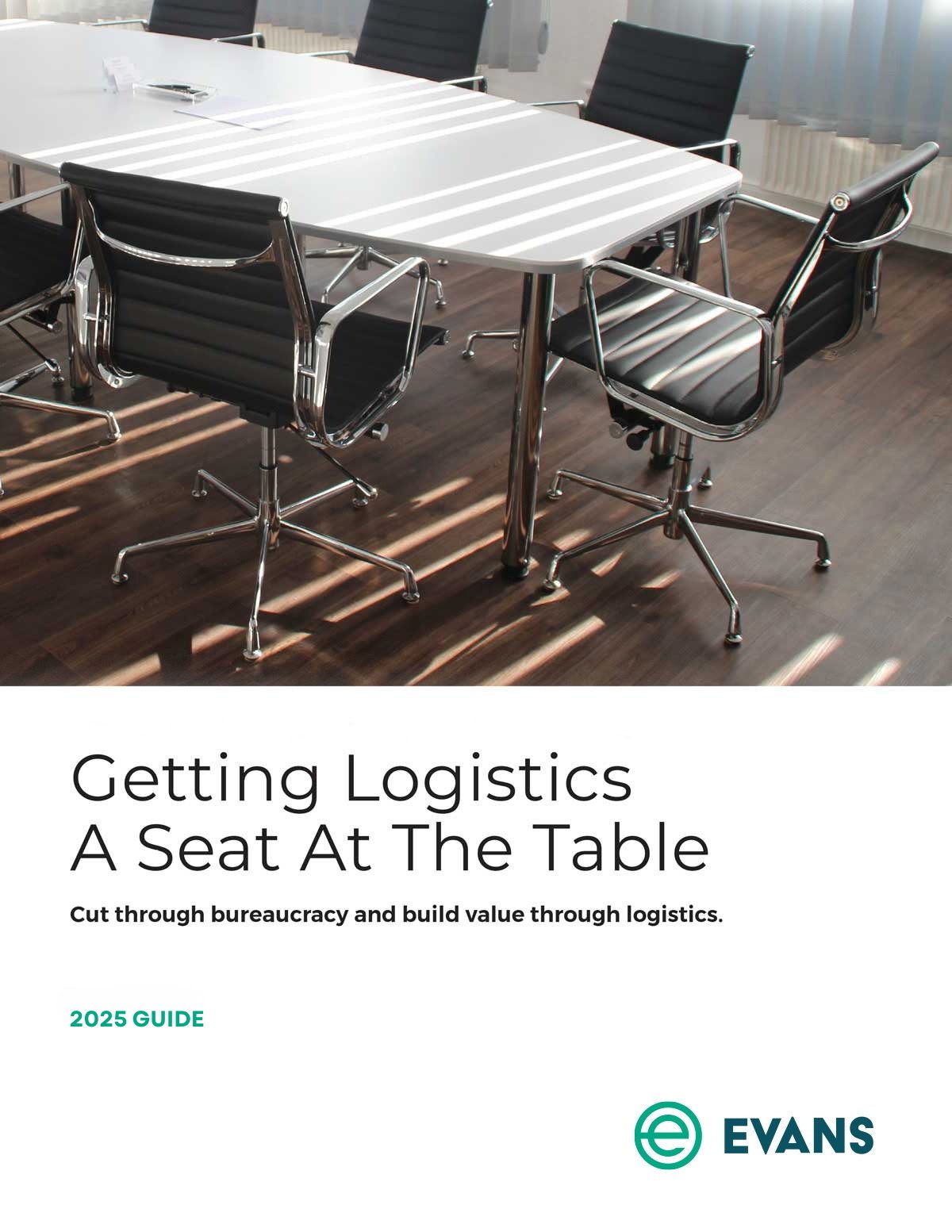Considering shipping strategies like pool distribution and consolidation? Here’s a real-world example of how they work to reduce shipping and claims costs.
The ATA recently projected that, by 2028, all modes of transportation would move 20.73 billion tons of freight per year — a figure that represents 36.6% growth in a decade. With that kind of upcoming demand, it’s time to take stock of options to improve logistics now.
We’ve talked about getting creative with your shipping strategies and outlined the basics of aggregation, pooling, and more. But how impactful are strategies like pool distribution and consolidation?
Here’s a real-world example of how a simple inbound freight assessment can snowball into big savings.
2 steps to evaluate your pool distribution and consolidation capacity
Let’s take a food manufacturer as an example.
A manufacturer in the Midwest receives several weekly loads of product from vendors on the East Coast. The current schedule has the East Coast vendors shipping from their plants to the same Midwest facility multiple times a week. Sometimes a single vendor sends two separate pallets in a day.
With this in mind, here are the steps we can use to identify pool distribution and consolidation opportunities:
Step 1: Consolidate the geographic area
By taking a step back to look at the manufacturer’s supply demands and the vendors’ shipping patterns, we immediately see opportunities for improvement. In this case, several vendors in the same region are all shipping separately.
So, how to go about consolidating?
First, can the ordering pattern tolerate change? If you can over-order or store product, you can update your buying schedules to account for static shipping days. Then you can consolidate your vendors in the North East geographic area to, say, a Tuesday/Thursday ship schedule. Requiring the vendors to ship on those days offers front-end consolidation.
Step #1 requires no advanced logistics — no mode conversions, nothing fancy — just getting everyone organized.
Step 2: Evaluate volume
The next big question: do you have enough volume for inbound consolidation? Once you have determined your vendors’ shipping patterns, it’s all about increasing your volume.
Once your vendor is consolidating based on the new purchase order schedule, you can consider working with a 3PL to consolidate shipments into larger LTL or TL shipments. By shifting your LTL shipping into larger LTL shipments, you will realize more per-pound savings.
With enough volume, you could even establish a consolidation point. One carrier could then do all of the pickups and delivery to a consolidation point, where a 3PL could arrange for shipments out.
Step #2 demonstrates how gains from consolidation are really all contingent on volume.

